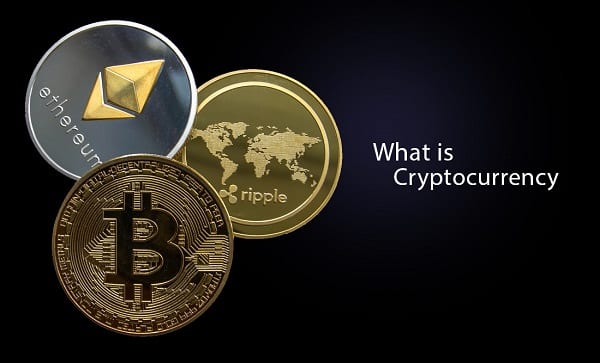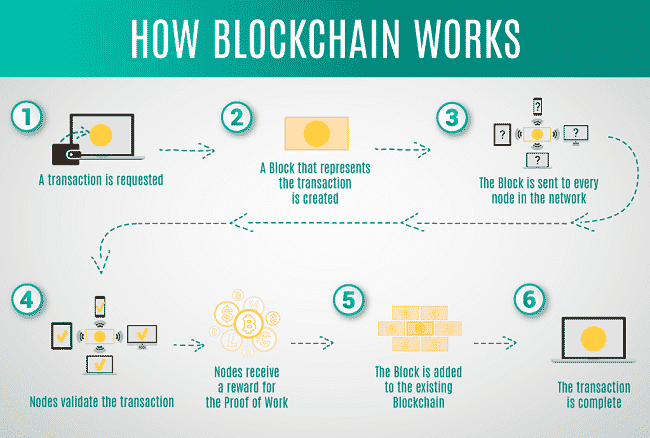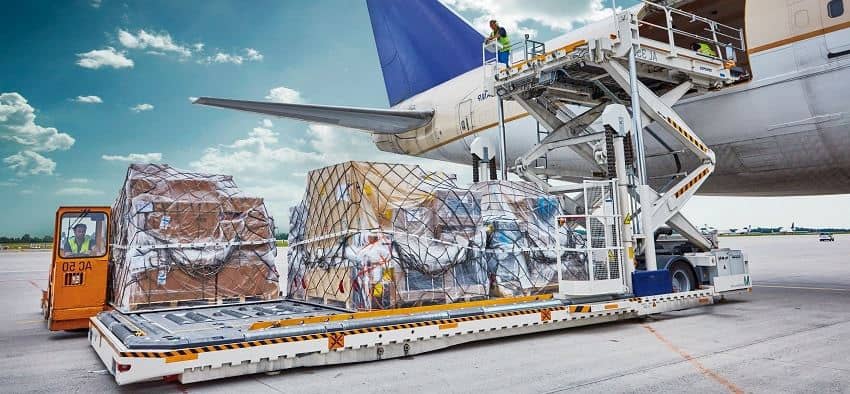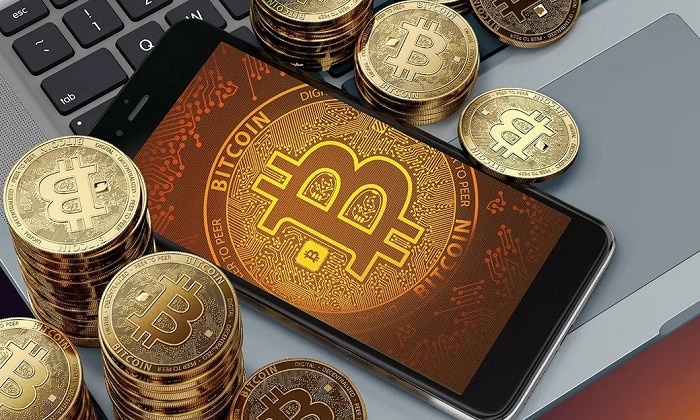
Bitcoin is often compared with gold, and one of the chief factors of similarity it the way they’re both obtained. Similarly, to gold, new Bitcoins are created via the process called “mining.”In fact, Bitcoin mining has a two-fold purpose: it allows for the creation of new coins and facilitates the processing of transactions in the network.Another parallel with the precious metal is that there’s a limited number of Bitcoins that can ever be mined: no more than 21 million coins. As of 2017, nearly 17 million Bitcoins have already been mined.
The Bitcoin protocol is designed in such a way that new bitcoins are created at a fixed rate. Those rates have been defined by Satoshi Nakamoto, the creator of Bitcoin, in the white paper published in 2008.This makes Bitcoin mining a very competitive business. When more miners join the network, it becomes increasingly difficult to make a profit and miners must seek efficiency to cut their operating costs. No central authority or developer has any power to control or manipulate the system to increase their profits. Every Bitcoin node in the world will reject anything that does not comply with the rules it expects the system to follow.
The more miners join the network, the more difficult it becomes to make a profit for each of them. Because of that, miners have to remain highly competitive to keep receiving Bitcoins as a reward for validating the transactions.
Mining to Create New Bitcoins
Bitcoin mining is the process of adding records of a new transaction to the Blockchain – the public ledger of all transactions that have ever taken place in the Bitcoin network.New transactions are added in batches called “blocks” roughly every 10 minutes, hence the name Blockchain. The ledger is needed for the nodes of the Bitcoin network to always be able to confirm valid transactions.
Bitcoin is designed with a hard limit of 21 million bitcoins, which are expected to becreated by 2040. For now, these bitcoins are generated through mining, duringwhich miners, who are Bitcoin users running software on specialized hardware, processtransactions and are rewarded with new bitcoins for contributing their computerpower to maintain the network.
Mining is important not only for new bitcoins to beissued but also because it is a necessary process for transactions to be added onto theblockchain and be subsequently confirmed. The verification process is a computationallyintensive process that ensures that only legitimate transactions are verified and recordedonto the blockchain. It is the network that provides the computing power for the transactionsto take place and for the transactions to be recorded.
What happens during mining is actually a mathematical process. A real-life analogyto bitcoin mining would be the search for prime numbers: while it was easy to find thesmall ones, it became increasingly more difficult to find the larger numbers, leadingresearchers to use special high-performance computers to find them.
Mining is a computationally intensive task that requires miners to find the solution to apredetermined mathematical problem in order to create a new block. This is the mathematicalproof of work.Mining is difficult because besides ensuring that the transactions arevalid,miners have to fit the data in a particular manner in order to add it to the blockchain.Miners have to guess and search for a sequence of data that produces a required pattern.
The difficulty of the problem is automatically adjusted so that a new block can only becreated every 10 min on average. The Bitcoin protocol is designed to generate new bitcoinsprogressively, at a predictable but decreasing rate. To ensure a progressive growthin new bitcoins, the reward for solving a block is halved automatically every 4 years,and the difficulty of solving increases over time. These two effects work together to producean effect that over time, the rate at which bitcoins are produced will be similar to theproduction rate of a commodity like gold. There will be a point in thefuture when the hard limit of bitcoins will be reached and the incentive for miners willinstead be transaction fees. The arbitrary number chosen to be the limit in number of bitcoinsis 21 million. Once the very last bitcoin, or to be specific, the very last Satoshi—0.00000001 of a bitcoin—is produced throughmining,miners who continue to contributetheir computing power to verify transactionswill instead be rewarded with transaction fees.
Thismay be a less desirable situation for people and businesses relying on bitcoin payments,which will have to pay a transaction fee, but it ensures thatminers will still have an incentiveto keep the network up and running even after the last bitcoin is mined.
Every new block that is successfully added onto the blockchain references the previousblock, making it exponentially difficult to reverse previous transactions in previous blocks.Because changing a block on the blockchain will require recalculation of the proofs ofworkof all subsequent blocks, it becomes more and more infeasible for anadversary to manipulate a block aftermore blocks have been added after it, and the Bitcoinprotocol is accordingly designed to prefer longer chains. Miners therefore perform a vitaltask as they verify transactions and ensure that the blockchain cannot be tampered with.
While bitcoin transfers are broadcast instantaneously over the network, there is, inpractice, a 10 min delay for a transaction to be confirmed. This is the result of the10 min delay for a block to be created and added onto the blockchain. Having a confirmationensures that the network (of miners) has verified that the bitcoins are valid andhave not been already spent. Typically, most users wait for six confirmations, that is, anhour, before considering a transaction to be “confirmed,” but each user has the freedomto decide how long they wish to wait before they consider their transaction confirmed.
How to Become a Bitcoin Miner
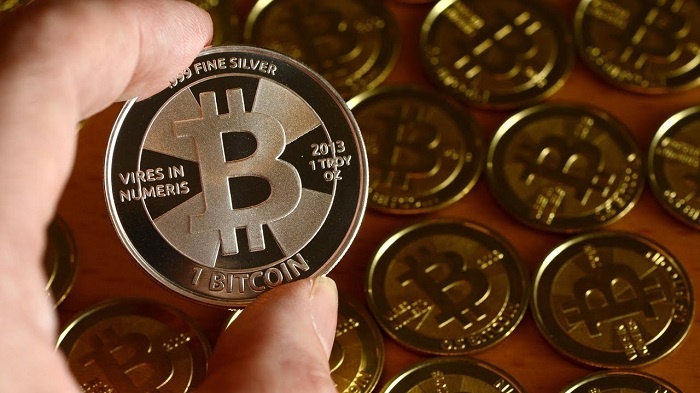
In order to become a Bitcoin miner, a person first needs a computer and mining software – like the GUIMiner. This program uses the computer’s resources to perform complex mathematical calculations.
When any one miner succeeds in solving their math problem, they get to create a new block and receive a certain number of Bitcoins as a reward, known as “the block reward.”Every 210,000 blocks, or, roughly, every four years, the block reward is halved. It started at 50 Bitcoin per block in 2009, and in 2014 it was halved to 25 Bitcoins per block.
However, mining on personal computers has only been feasible in the early years of Bitcoin. By now, the network is so competitive, that using specialized hardware is the only way to make a profit.The first ASICs – or Application-Specific Integrated Circuits – were introduced in 2013, designed specifically for the purpose of mining from the start.
Despite the existence of such specialized equipment, the situation didn’t become easier for miners, as new, more efficient ASICs are released all the time. And the problem of paying for electricity bills is only exacerbated by the new, power-hungry hardware.Nowadays there are many prominent companies which design and produce mining hardware. Among them, are Bitfury, Bitmain. You may also find used equipment on eBay or Amazon.
So, to recap, miners use their hardware to verify valid transactions, pack them into blocks, solve mathematical problems during the process which is called “hashing,” and, after getting a correct solution, add new blocks to the Blockchain.
What is ‘hashing’?
Bitcoin uses a cryptographic hash function SHA-256 for encryption. This algorithm allows you to take data of any size and turn it into a string of a specific, predefined size. The resulting string is called a “hash,” and the process of applying the hash function to random inputs is called “hashing.”
It’s impossible to predict what the hash of any one input will be until you actually calculate it. The goal of the miners is to keep feeding the hash function with different inputs until they get a specific hash value which is below a certain threshold, which is called the “difficulty” of network.
The difficulty is automatically adjusted every 2016 blocks – or, roughly, every 14 days – in accordance with the growing or shrinking combined computational power of the network.
If the network became more powerful over the last 2016 blocks, then the difficulty value is decreased to make it harder to find a valid hash and vice versa.
Considering the immense computational power that the Bitcoin network currently employs, it takes trillions of computer-generated guesses from all over the world until the right hash value is found by someone. And if you are the first to do it – congrats! You have just mined a block and got a reward of 12.5 Bitcoins.
